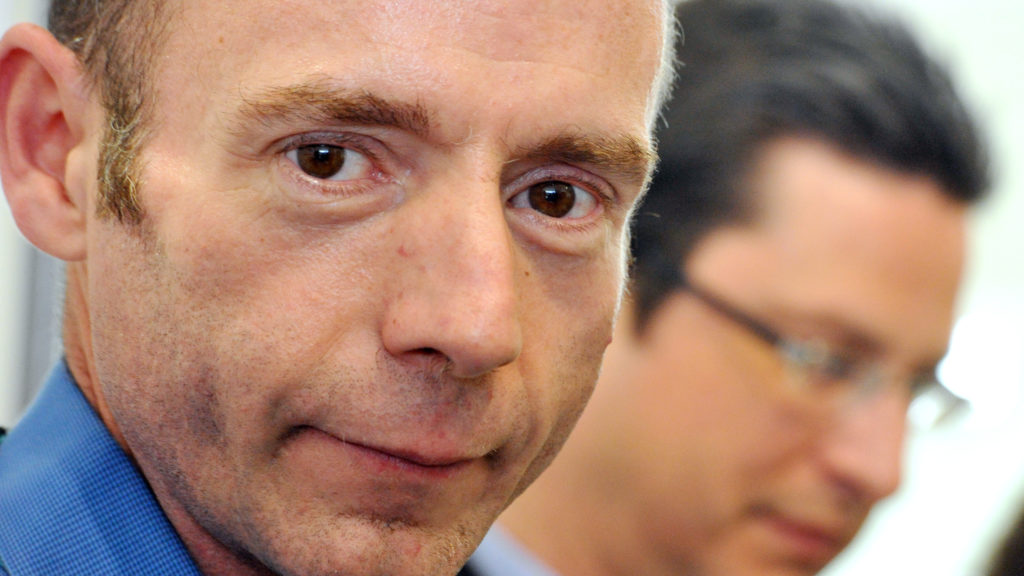Adam Castillejo Cured From HIV
One patient in London, England, Adam Castillejo (40) was declared cured of AIDS. He was first diagnosed with HIV in 2003. That statement at the same time made Castillejo the second person who managed to recover from this deadly disease.

Cured From HIV – AIDS which is caused by the human immunodeficiency virus (HIV) can threaten anyone if it is not handled properly. HIV is a virus that interferes with the immune system. Transmission of this virus can occur through sharing needles, using unsterilized tattoo and piercing equipment, and unprotected sex. However, one patient in London, England, Adam Castillejo (40) was declared cured of AIDS. He was first diagnosed with HIV in 2003. That statement at the same time made Castillejo the second person who managed to recover from this deadly disease.
Cured From HIV
Reporting from the BBC, Adam Castillejo was free from the HIV virus for 30 months after stopping anti-retroviral therapy. Previously, a patient in Berlin, Timothy Brown, became the first person reported to have recovered from HIV after three and a half years of undergoing a similar treatment to Adam Castillejo. A Lancet HIV journal reports that Castillejo was cured not with drugs, but with stem cell treatment he received for a cancer he also had. The donor stem cells have an unusual gene.
What is the treatment like?
The main researcher from the University of Cambridge, USA, Prof. Ravindra Kumar Gupta said that his party had found a method (finding) that was successful as a cure for HIV. He explained that his party was performing stem cell transplants that appeared to stop the virus from replicating in the body by replacing the patient’s immune cells with donor cells that fight HIV infection. “This represents a cure for HIV with almost certainty.
We now have two and a half years of retroviral-free remission,” Prof Ravindra told BBC News. “These findings suggest that the success of stem cell transplantation as a cure for HIV, first reported nine years ago in Berlin patients, can be replicated,” he continued. However, it will not be a treatment for the millions of people around the world who have HIV. One of the treatments, namely aggressive therapy, is used to treat cancer patients, instead of referring to HIV. And today’s HIV drugs remain highly effective, which means that people with the virus can live long and healthy lives.
“It is important to note that this curative treatment is high risk and should only be used as a last resort for patients with HIV who also have life-threatening haematological malignancies.” However, treatment by this method is not a widely offered reference for patients with HIV who have successfully undergone anti-retroviral treatment. Although not officially offered, the method offers hope for future gene therapy treatments.
How does it work?
Meanwhile, regarding the healing process of cell transplants, the researchers revealed that they used the CCR5 receptor. CCR5 is the receptor most commonly used by HIV-1 to enter cells. It is known, HIV-1 is a type of this virus that dominates throughout the world. But a minority of people who are resistant to HIV have two mutated copies of the CCR5 receptor.
This indicates that the virus cannot penetrate cells in the body that are normally infected. So, is this drug permanent? The test results showed that as many as 99 percent of Castillejo’s immune cells had been replaced by donor cells. But, he has traces of the virus in his body, just like Brown. Therefore, it is unlikely that Castillejo and Brown will be free from HIV forever.
On the other hand, one of the researchers from the University of Melbourne, Australia, Prof. Sharon Lewin said, did this London patient really recover? Because given the number of cells being sampled here and the absence of an intact virus.





